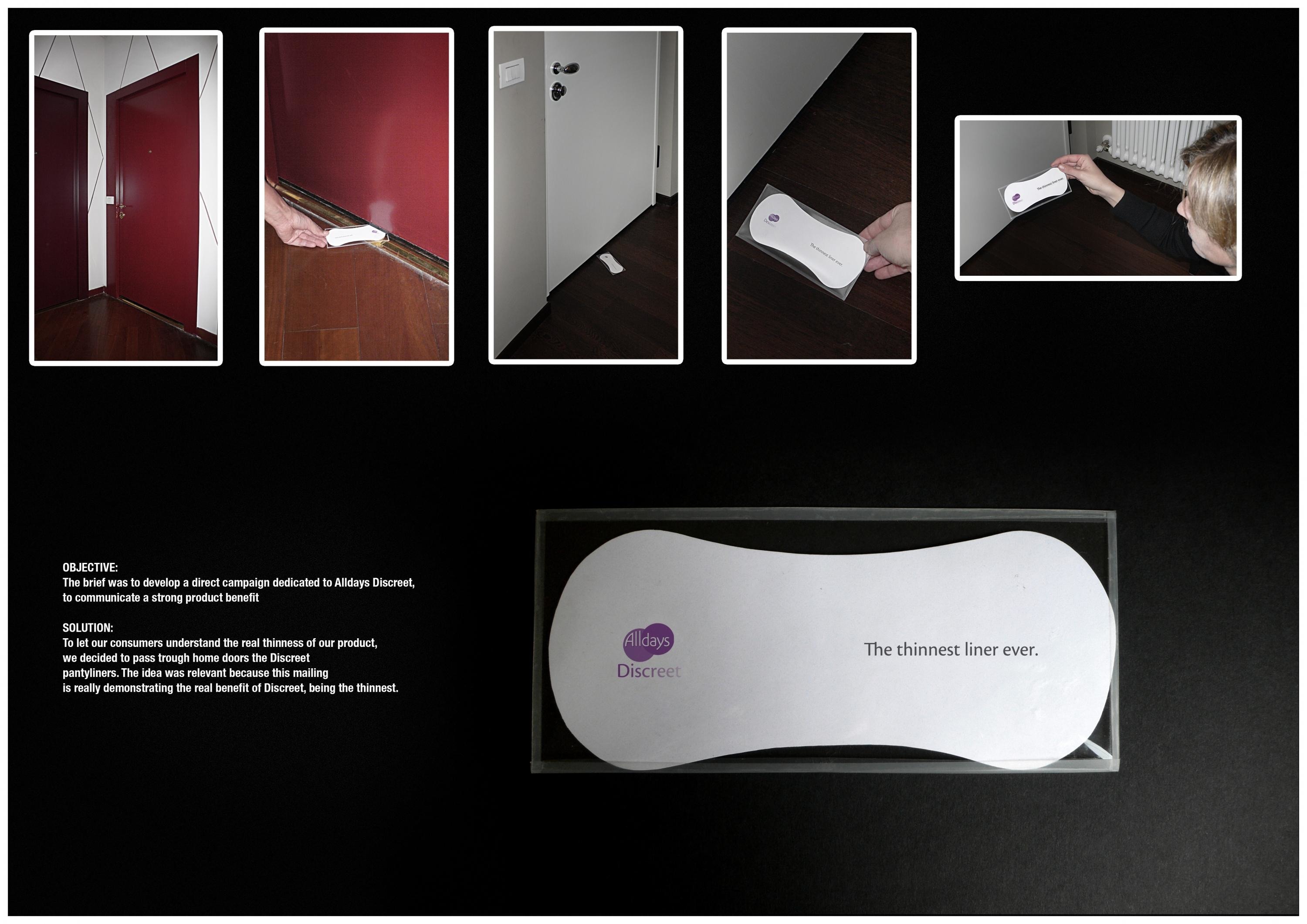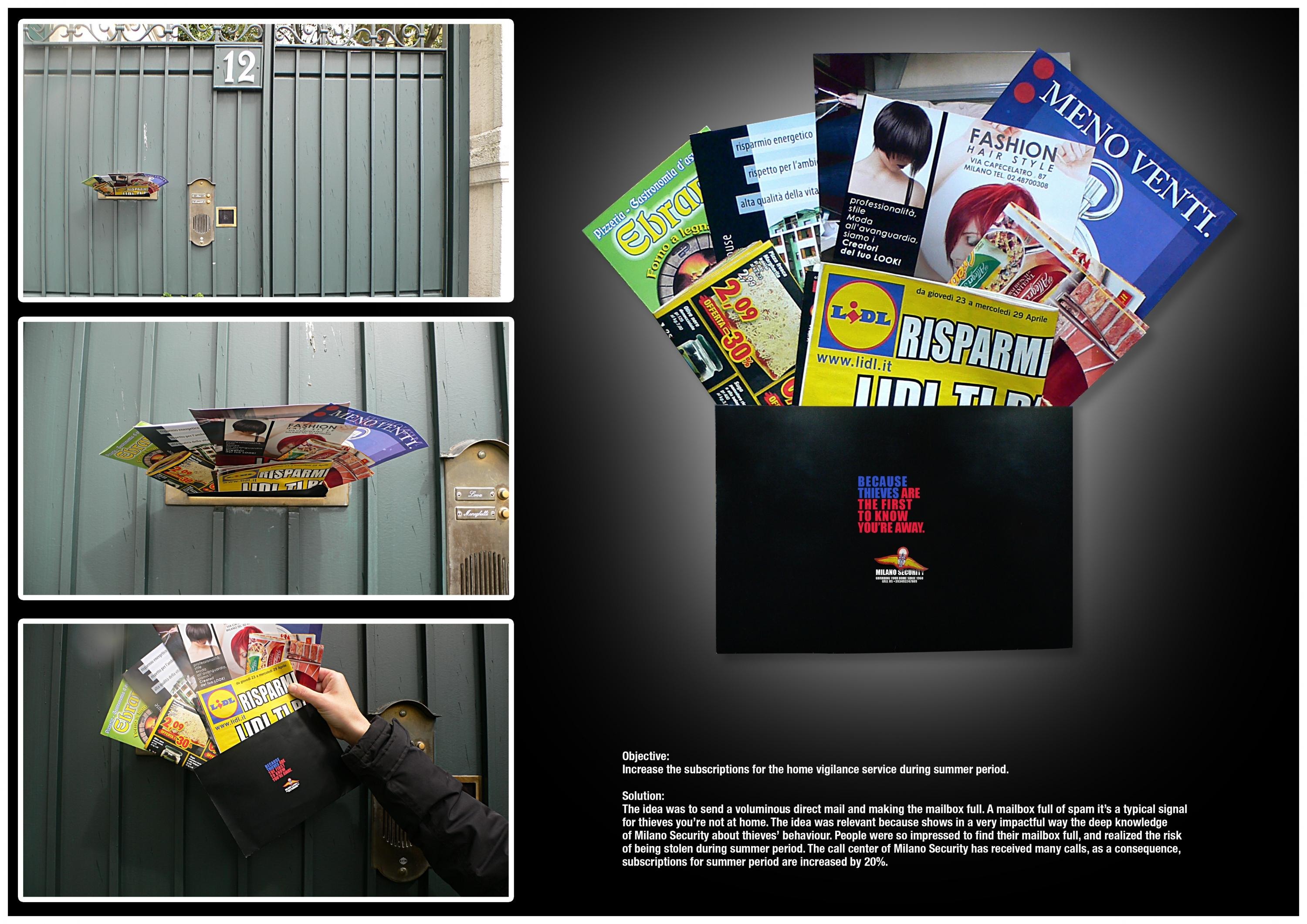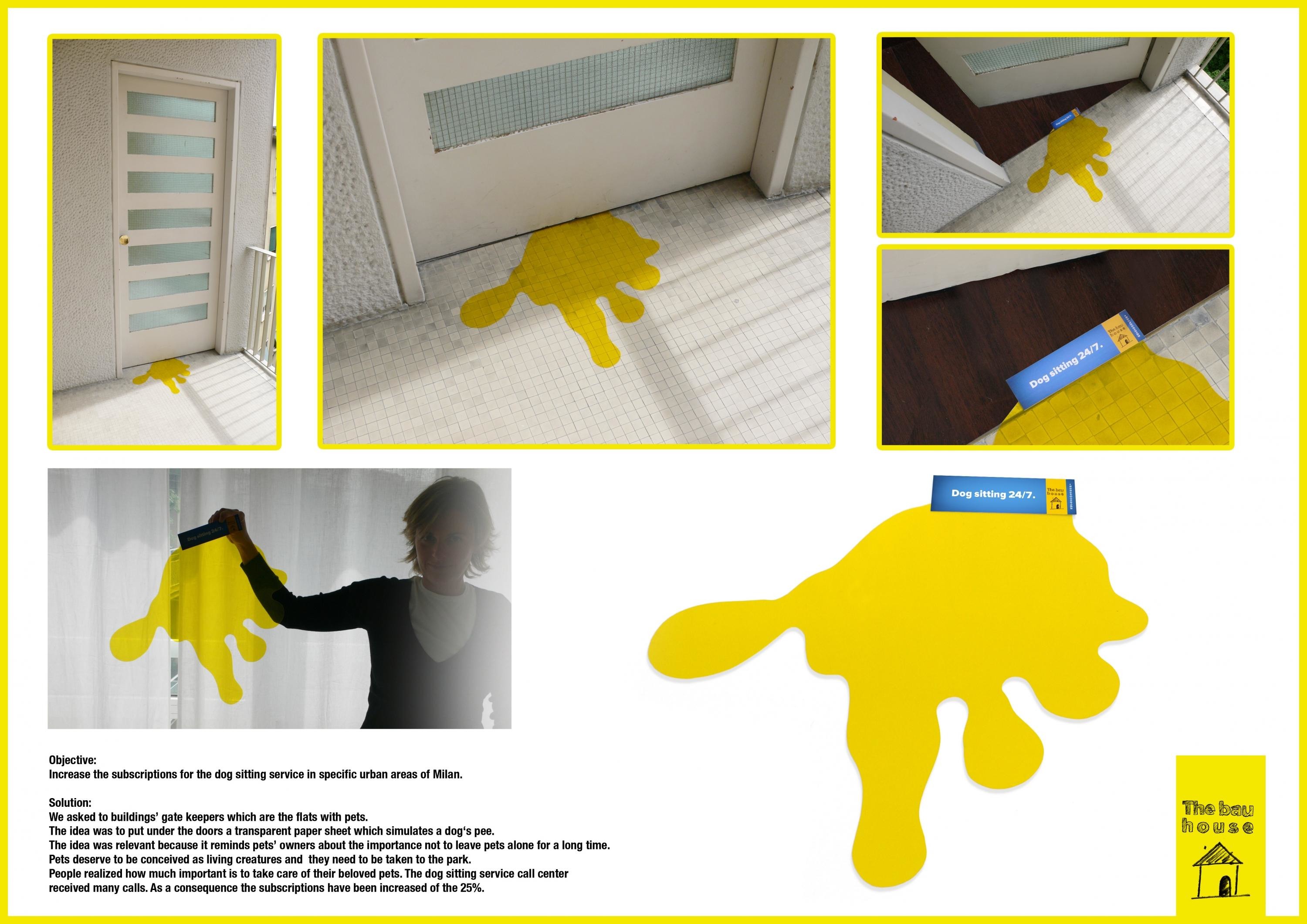Titanium > Titanium
SAMSUNG - WEMOGEE
LEO BURNETT ITALY, Milan / SAMSUNG / 2017

Overview
Credits
Overview
CampaignDescription
Academic studies suggest emojis will become a universal visual language of the future. So we wondered: what if technology could offer a new tool to restore the ability to communicate to those affected by aphasia and their loved ones? In partnership with Samsung, we developed Samsung Wemogee: the first chat app working as a word-to-emoji translator, and vice versa. A real new communication code, for talking through images.
Execution
The Samsung Wemogee user experience has been designed around the needs of the final recipient. The simple and intuitive interface avoids overstressing the ideational area of the aphasic’s brain: through a single button, the patient can start or continue a chat with his contacts. The predefined phrases on which to build communication have been divided into six main categories, to make the selection by the user easier; thanks to a careful study of the logical connections between the various phrases, Samsung Wemogee also offers a system of suggested answers to specific messages.
Outcome
Only in the first week, the project got over 3,000,000 impressions among users, the media and professionals, generating more than 145,000 global stories. The app is currently up for testing at several health structures in Italy, such as Niguarda Hospital in Milan.
Relevancy
Samsung Wemogee was created in order to restore the possibility for aphasia sufferers to communicate easily and quickly with their friends and family. Through the translation of text to emoji and vice versa, the app allows the person affected with aphasia to communicate only through images. Samsung Wemogee performs a dual function: instant messaging app for chatting with people far away and communication support for face-to-face interactions.
Strategy
Samsung Wemogee is based on a library of more than 140 phrases: in collaboration with a team of speech therapists, a list of the most common phrases in informal chat was defined, relating to basic needs as well as to their emotions. These words were then translated into logical sequences of emojis. Aphasic patients identify what they want to communicate through a panel of exclusively visual options, sending the chosen sequence of emojis to the non-aphasic recipient. The non-aphasic user will receive the message in text form and can then reply using written words.
Synopsis
All over the world, over 3,000,000 people suffer from aphasia: a very complex disorder, which involves difficulties in understanding and formulating both spoken and written language.
To those who are afflicted by this pathology, one of the fundamental activities of human beings is so precluded: the ability to communicate.
Aphasia is truly life-changing, not only to those affected, but also to their families and friends: very often, in fact, people do not know how to deal with this new reality and how to interact with those who suffer from this condition.
More Entries from Titanium in Titanium
24 items
More Entries from LEO BURNETT ITALY
24 items









